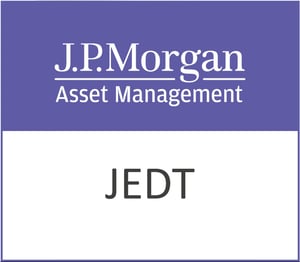Edinburgh Investment Trust PLC (LSE: EDIN.L) has long been a staple for investors seeking exposure to a diversified portfolio of UK equities. Despite the absence of sector and country-specific data, the trust’s market capitalisation of $1.14 billion underscores its significant presence in the investment landscape. Today, we dive into the latest financial data to provide insights on what investors might expect from this trust in the current market climate.
As of the latest trading session, Edinburgh Investment Trust’s stock price is positioned at 793 GBp, experiencing a marginal decline of 11.00 GBp, translating to a negligible -0.01% change. This minor movement in stock price reflects a marketplace still trying to find its footing amidst broader economic uncertainties. The 52-week range of 7.99 to 809.00 GBp indicates a relatively stable trading band, suggesting resilience in its stock performance.
One of the most intriguing aspects of Edinburgh Investment Trust’s profile is the absence of traditional valuation metrics such as the P/E ratio, PEG ratio, and price/book value. This lack of conventional metrics may challenge traditional investors but also highlights the unique nature of investment trusts, where performance is often gauged more by net asset value and portfolio composition than standard corporate valuation measures.
The trust’s performance metrics, such as revenue growth, net income, and return on equity, remain unspecified. This absence leaves room for speculation on the internal dynamics and management efficacy driving the trust’s investment strategy. However, the trust’s ability to maintain a stable market presence suggests competent management and a strategic approach to portfolio composition.
Dividend information is another area where data is notably absent, with no available figures on dividend yield or payout ratio. For income-focused investors, this could be a point of consideration, and consulting the trust’s historical performance and reports could provide additional clarity on dividend policies.
From an analytical perspective, the absence of buy, hold, or sell ratings from analysts points to a market environment where investors may need to rely more heavily on their own research and insights. Without specified target price ranges or potential upside/downside, investors may find themselves navigating decisions based on broader market trends and trust-specific announcements.
On the technical side, Edinburgh Investment Trust demonstrates some noteworthy momentum. The 50-day moving average stands at 599.61, with the 200-day moving average at 709.08. This positioning above both moving averages suggests a bullish sentiment, further reinforced by a Relative Strength Index (RSI) of 73.21, signaling overbought conditions. The MACD at 94.53, comfortably above the signal line of 44.09, aligns with this positive technical outlook, indicating strong upward momentum that could attract technically-focused investors.
In these uncharted waters, Edinburgh Investment Trust PLC presents a unique proposition. While traditional valuation and performance metrics might be elusive, the trust’s historical resilience, coupled with optimistic technical indicators, offers a compelling case for inclusion in a diversified portfolio. As always, investors should conduct thorough due diligence, considering both macroeconomic factors and trust-specific developments to make informed investment decisions.









































